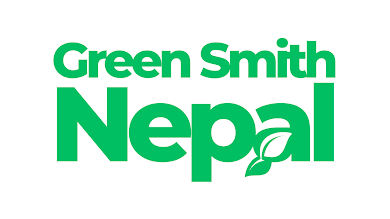Upstream interventions are strategies aimed at changing the context or the structural conditions in which decisions and behaviors take place, possessing the potential for a much wider reach and impact compared to interventions that focus solely on influencing individual motivation.
The distinction between upstream and downstream interventions is viewed as a spectrum rather than a binary division, used to position different policy approaches.
Characteristics and Goals of Upstream Interventions
- Focus on Systemic Change: Upstream interventions alter the fundamental conditions that produce certain behaviors, aiming to prevent undesirable behaviors altogether, rather than just influencing individual choice or motivation.
- Wider Reach: Because they change the context for decisions, upstream interventions have the potential to affect behavior at the population level rather than just the individual level, leading to large overall effects on environmental quality.
- Structural Modifications: These interventions are often structural or regulatory changes that limit choices or alter the physical and social environment.
Examples of Upstream Interventions and Policies
The sources provide numerous examples of upstream interventions across different domains, broadly categorized as structural changes or high-level economic/regulatory policies:
1. Structural Interventions (Modifying the Physical/Social Environment):
Structural interventions are modifications to the physical environment that make a desired behavior possible or easier to perform. They target individual abilities and opportunities rather than motivations.
- Infrastructure and Facilities: Providing new facilities, such as recycling centers/facilities or cycle lanes. Encouraging people to cycle without providing safe bike lanes, for instance, is unlikely to be effective.
- Changing the Choice Context: Smaller-scale environmental restructuring, such as the provision of a recycling bin or a new menu option in a restaurant.
- Built Environment Changes: Large-scale changes in urban planning or housing design, such as building houses with "drying rooms" instead of space for tumble dryers, to facilitate low-carbon practices.
- Pollution Control: Institutional infrastructure/facilities that address specific requirements for proper waste disposal, such as those related to e-waste.
2. Regulatory and Legislative Interventions:
These interventions set rules or use fiscal policies to change costs and constraints, influencing behavior at an institutional level:
- Environmental Policy and Regulation: Implementing laws and regulations that establish rules or principles of behavior or practice.
- Command-and-Control Regulation (CACs): These include performance standards (like emissions concentration standards) or technology mandates (like requiring air pollution control devices to be installed). However, weak monitoring and enforcement can be a primary hurdle to the effectiveness of these regulations. Enforcing existing command-and-control regulation (an emissions concentration performance standard) could lead to a 66% reduction in average annual emissions from industrial plants.
- Traffic of Toxic Substances: Strengthening control of international and national traffic of chemical and toxic substances.
- Economic Instruments (Fiscal Measures): These policies use the tax system to reduce or increase the financial cost of products and services, thereby changing price signals.
- Carbon Pricing: Implementing a carbon tax or a cap-and-trade system to impose costs where carbon enters the economy (e.g., at the producer level). These instruments typically have a broader reach than downstream taxes, as the costs filter down to a wider range of goods.
- Emissions Taxes: A market-based instrument used to reduce costs associated with pollution abatement.
- Fees and Taxes: Taxing waste production through "Pay-As-You-Throw" programs or increasing tipping fees at landfills to create incentives for consumers to produce less waste.
- Extended Producer Responsibility (EPR): Regulations that shift responsibility for end-of-life waste management (such as for packaging or electronic equipment) to the producers, incentivizing them to design products that are easier to manage.
- Integration into Curricula: Integrating solid waste management (such as e-waste awareness) into school curricula, starting as early as the elementary years.
Upstream vs. Downstream Interventions
In the behavior change literature, upstream interventions are contrasted with downstream interventions (also known as "voluntary behavior change" interventions), which typically focus on influencing individual decision-making by targeting motivations, attitudes, values, and beliefs through methods like information campaigns or goal setting.
Upstream interventions are crucial because, as some authors argue, they are necessary alongside downstream efforts to achieve large-scale transformation, especially for profound systemic changes needed to address crises like climate change. For instance, addressing household air pollution might require grappling with overwhelming upstream factors like poverty, inequality, and lack of access to affordable clean energy solutions, alongside behavior change efforts focused on individuals.



0 Comments